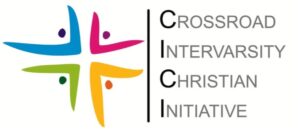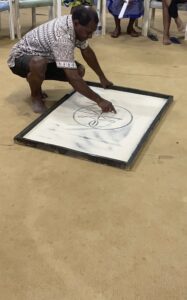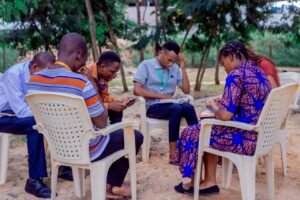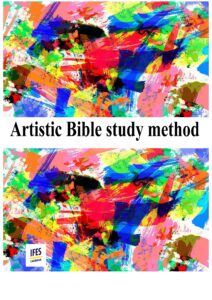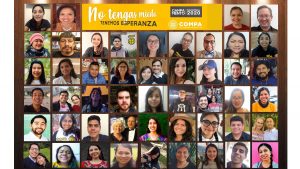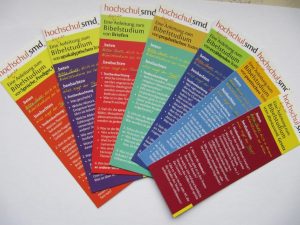The impact of collaborating across continents in Scripture Engagement
In Lebanon InterVarsity Fellowship (LIVF) we provide our students and group leaders with Bible Study training every year. However, we lack enough staff to provide continuous training to help students dig even deeper in God’s Word, prepare Bible studies, and work on their group leadership skills.

As our groups started to expand, we increasingly needed to train more independent leaders. In 2024, one of our students, Joe, was able to begin online monthly follow-ups with brother Ricardo Borges, then Secretary for Scripture Engagement, after meeting him at the MENA Bible Study Conference in a Middle Eastern country. For a year, they met online to study the Bible and reflect on how to help others in our local context grow through engaging with God in the Scriptures.
Now in his third year studying Business and Management, Joe joined LIVF in 2022. He had the opportunity to share about the impact of LIVF with other students: the Bible Studies and the personal mentoring he received. It transformed him from a reserved individual who dreaded approaching people, to a leader who reaches out to others and enjoys new friendships.
After a year of being mentored in Scripture Engagement, we’ve witnessed an even bigger transformation in his leadership and Bible studies. He has even given several talks in our church home group in northern Lebanon. Everyone was surprised by his deep understanding of God’s Word and by the ease and wisdom with which he now handles it. We rejoice in the fruits we’re witnessing in Joe’s life. He testifies of how these online meetings impacted him:

“Being mentored in Scripture Engagement has equipped me with practical skills I need to conduct inductive Bible studies:, from how to prepare and study a bible passage, to how to present and share it with others, whether as a biblical talk or as an inductive Bible study. The support I received taught me how to prepare in a more efficient way, and gave me the courage to present God’s Word to others.”
Developing skillful leaders is a long journey, and we are honored to have those from the Scripture Engagement global team walk it with us and bring different perspectives! This year, we have four new students who will have similar monthly follow-ups with Paula and others from the Scripture Engagement global team. We look forward to seeing God working mightily in their lives as he did in Joe’s!
Roula ABI HANNA, General Secretary of LIVF



